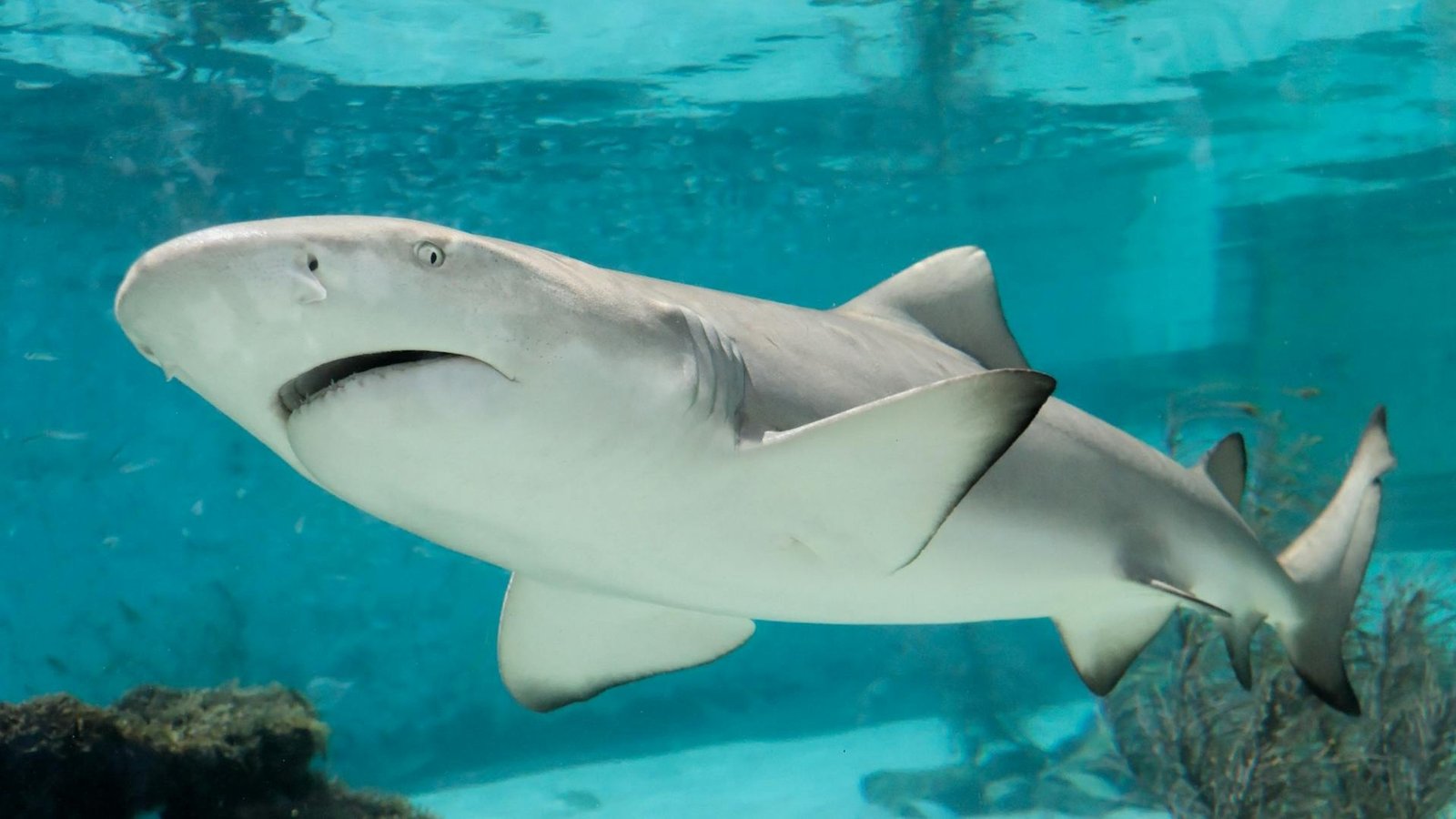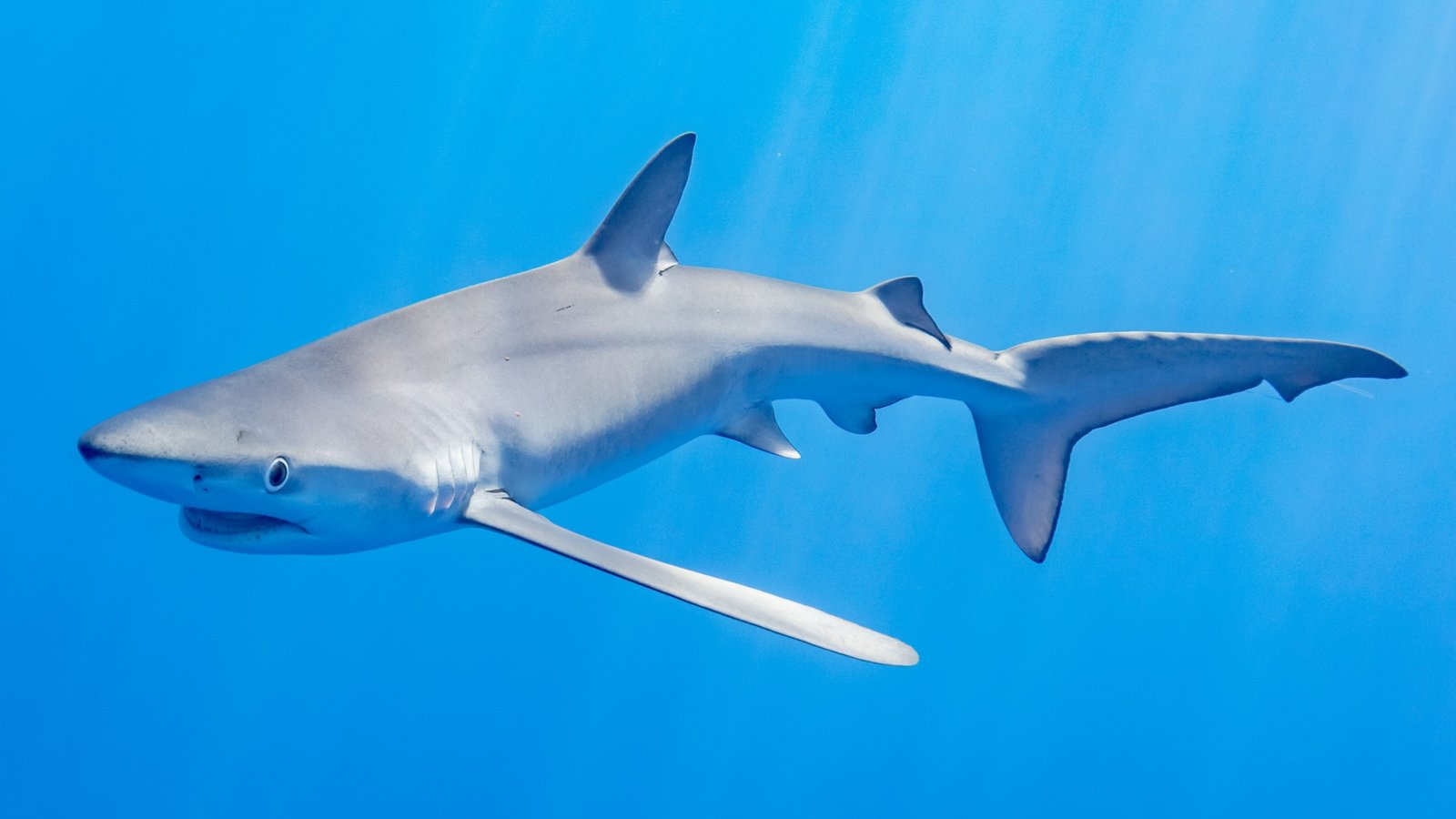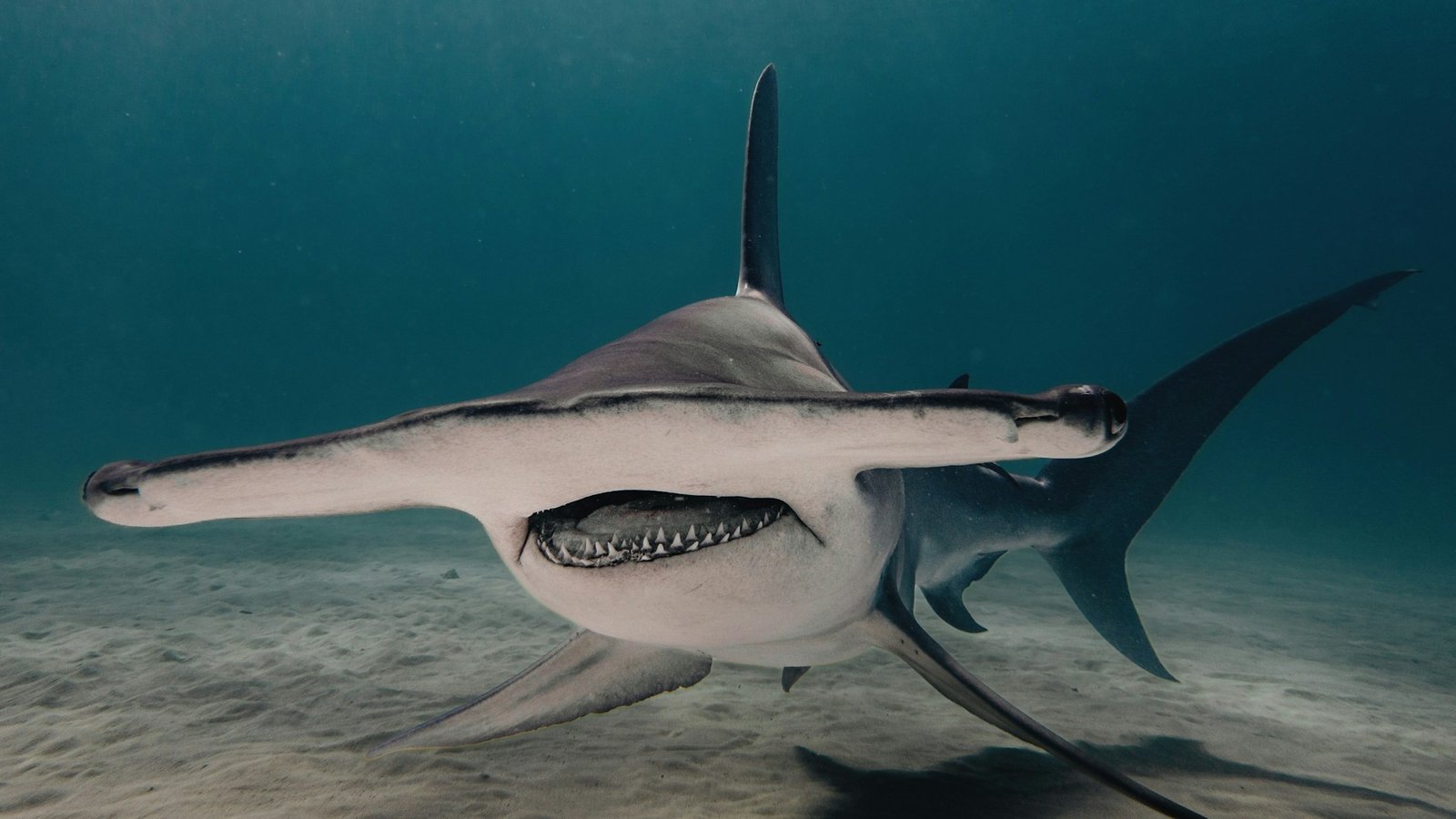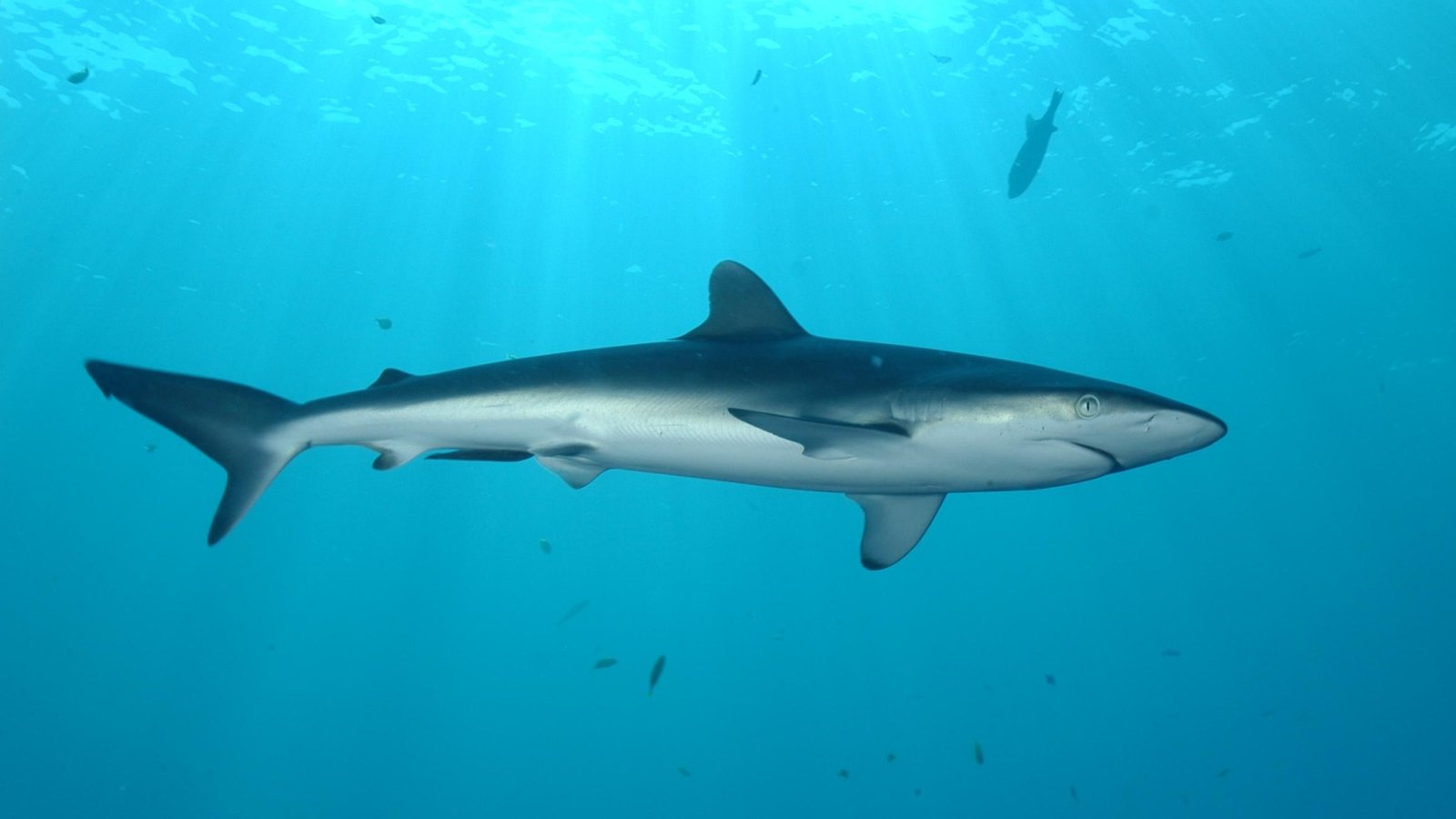Sharks have long fascinated scientists and ocean enthusiasts with their incredible ability to locate prey with astonishing precision. At the heart of their hunting success lies a suite of specialized adaptations collectively known as shark senses. These sensory systems are far more advanced than those of most other marine animals, allowing sharks to detect the faintest signals from potential prey across vast distances. From smell to electroreception, sharks rely on multiple senses working together to navigate, hunt, and survive in complex underwater environments.
In this article, we will dive deep into how shark sensory systems function, exploring the roles of smell, hearing, vision, and unique biological tools like the ampullae of Lorenzini and the shark lateral line. Understanding how sharks detect prey not only sheds light on their evolutionary success but also deepens our appreciation of their role in ocean ecosystems.
The Power of the Sharks’ Sense of Smell

The shark’s sense of smell is one of the most well-known and frequently misunderstood abilities. Sharks can detect certain chemical cues, such as blood or amino acids, in parts per billion. This means a shark might sense a tiny drop of blood in an Olympic-sized swimming pool.
Sharks have large olfactory bulbs in their brains, which process chemical signals carried through water to their nostrils, also called nares. These nares are not used for breathing but are dedicated entirely to smell. When tracking prey, sharks can swim in zigzag patterns to locate the direction of the strongest scent, narrowing in on their target over time.
While smell is powerful, it is only the beginning of the process. Sharks often use smell to alert them to the presence of prey, but rely on other senses to close in for the hunt.
Sharks’ Hearing Distance and Acoustic Detection

Sharks are sensitive to low-frequency sounds, which are commonly produced by injured or struggling fish. These vibrations travel long distances through water, and sharks can pick up on them using inner ear structures adapted for underwater hearing.
The shark’s hearing distance can extend up to several hundred meters, depending on the strength and frequency of the sound. Vibrations as low as 20 to 300 Hz are particularly attractive to sharks, and these sounds can draw them toward a potential meal even before they can see or smell it.
Hearing is especially important in murky waters or at night, where visibility is limited. Sharks use sound as an early warning system, alerting them to movement or distress signals in their environment.
Vision in Sharks: Seeing in the Dark

Though smell and hearing are often emphasized, shark vision is also highly effective. Many species have excellent low-light vision, which is crucial for hunting in deep or dimly lit waters. Sharks possess a reflective layer behind the retina called the tapetum lucidum, which enhances their ability to see in darkness by reflecting light back through the eye.
Sharks can detect contrasts and motion more effectively than fine details. Their eyes are also well-adapted to changes in light intensity, allowing them to transition smoothly from surface waters to deeper zones. Some sharks even have protective eyelids or can roll their eyes back to shield them during an attack.
While vision may not be the primary sense used to detect prey from miles away, it becomes essential in the final moments of the hunt when accuracy and timing are critical.
Sharks’ Lateral Line: Detecting Vibrations and Movement

One of the lesser-known but incredibly effective parts of the shark’s sensory system is the shark’s lateral line. This structure runs along both sides of a shark’s body and contains a series of sensory cells that detect water movement and pressure changes.
The lateral line is especially useful for detecting the swimming motions of nearby fish or the turbulence created by injured prey. It allows sharks to sense their surroundings with a sort of hydrodynamic “touch” at a distance, even in complete darkness.
Combined with other senses, the lateral line helps sharks build a three-dimensional awareness of their environment. It is a vital tool in the shark’s arsenal for tracking prey with precision.
Shark Electroreception and the Ampullae of Lorenzini

Perhaps the most extraordinary of all shark senses is shark electroreception, made possible by specialized structures called the ampullae of Lorenzini. These jelly-filled pores are found around a shark’s head and snout and can detect the weak electrical fields produced by living animals.
All animals generate electric signals as their muscles contract and nerves fire. Sharks can pick up on these minute electric fields from prey hiding under sand or camouflaged on the seafloor. The sensitivity of these organs is so high that some sharks can even detect the Earth’s magnetic field, which may help with navigation.
This form of detection is especially important during the final moments of an attack, helping sharks locate the exact position of their prey with incredible accuracy.
How Do Sharks Detect Prey Using Multiple Senses?

The question of how sharks detect prey is best answered by understanding how all their senses work together. Sharks do not rely on one sense alone. Instead, they use an overlapping system of sensory cues to locate, identify, and capture prey.
For example, a shark may first detect the smell of blood, then follow the sound of splashing, use its lateral line to sense movement, and finally employ vision and electroreception to zero in for the strike. This integrated approach is what makes sharks’ tracking of prey so effective and efficient.
Each sense kicks in at a different range and stage of the hunt. Smell and hearing help with long-distance detection, while the lateral line and electroreception dominate the final approach.
Environmental Conditions and Sensory Performance

Environmental factors such as water temperature, salinity, and visibility can influence how well shark senses function. For instance, electroreception is more effective in saltwater, where electricity conducts better. In colder waters, some sensory responses may slow down due to lower metabolic rates.
Sharks have adapted to a wide variety of habitats, from coral reefs to deep oceans. Depending on the species and its environment, certain senses may be more developed. Deep-sea sharks, for example, rely more on electroreception and smell, while reef sharks often depend heavily on vision and lateral line sensitivity.
Understanding these adaptations helps researchers determine how specific shark species interact with their ecosystems and locate food under varying conditions.
The Role of Sharks’ Senses in Survival and Behavior

Beyond hunting, shark sensory systems are essential for navigation, avoiding predators, and communicating with other sharks. Senses such as electroreception may play a role in detecting mates or sensing subtle environmental changes that trigger migrations or feeding behaviors.
By interpreting cues from their surroundings, sharks can make quick decisions that improve their chances of survival. These abilities are the result of millions of years of evolution and help explain why sharks remain such successful marine predators.
Researchers continue to study shark senses not only to understand their biology but also to develop better ways to reduce human-shark conflict. Knowing how sharks perceive the world may lead to new deterrents or safer ocean practices.
Conclusion

Shark senses represent one of nature’s most finely tuned systems for detecting and tracking prey. By combining smell, hearing, vision, touch, and electroreception, sharks can locate targets from remarkable distances and navigate even the most complex marine environments. Tools like the shark lateral line and ampullae of Lorenzini offer advantages unmatched by most other animals.
By understanding how sharks detect prey, we gain insight into their behavior, evolutionary success, and essential role in ocean ecosystems. If this topic sparked your curiosity, continue exploring more about shark adaptations, survival strategies, and conservation to uncover the full story of these extraordinary creatures.

